The Unremarkable Deaths of Migrants Crossing the Sahara
Sabah, Libya, is an oasis town at the northern edge of the Sahara Desert. To stand at the edge of the town and look southward into the desert toward Niger is forbidding. The sand stretches past infinity, and if there is a wind, it lifts the sand to cover the sky. Cars come down the road past the al-Baraka Mosque into the town. Some of these cars come from Algeria (although the border is often closed) or from Djebel al-Akakus, the mountains that run along the western edge of Libya. Occasionally, a white Toyota truck filled with men from the Sahel region of Africa and from western Africa makes its way into Sabah. Miraculously, these men have made it across the desert, which is why many of them clamber out of their truck and fall to the ground in desperate prayer. Sabah means “morning” or “promise” in Arabic, which is a fitting word for this town that grips the edge of the massive, growing, and dangerous Sahara.
For the past decade, the United Nations International Organization of Migration (IOM) has collected data on the deaths of migrants. This Missing Migrants Project publishes its numbers each year, and so this April, it has released its latest figures. For the past ten years, the IOM says that 64,371 women, men, and children have died while on the move (half of them have died in the Mediterranean Sea). On average, each year since 2014, 4,000 people have died. However, in 2023, the number rose to 8,000. One in three migrants who flee a conflict zone die on the way to safety. These numbers, however, are grossly deflated, since the IOM simply cannot keep track of what they call “irregular migration.” For instance, the IOM admits, “[S]ome experts believe that more migrants die while crossing the Sahara Desert than in the Mediterranean Sea.”
Abdel Salam, who runs a small business in the town, pointed out into the distance and said, “In that direction is Toummo,” the Libyan border town with Niger. He sweeps his hands across the landscape and says that in the region between Niger and Algeria is the Salvador Pass, and it is through that gap that drugs, migrants, and weapons move back and forth, a trade that enriches many of the small towns in the area, such as Ubari. With the erosion of the Libyan state since the NATO war in 2011, the border is largely porous and dangerous. It was from here that the al-Qaeda leader Mokhtar Belmokhtar moved his troops from northern Mali into the Fezzan region of Libya in 2013 (he was said to have been killed in Libya in 2015). It is also the area dominated by the al-Qaeda cigarette smugglers, who cart millions of Albanian-made Cleopatra cigarettes across the Sahara into the Sahel (Belmokhtar, for instance, was known as the “Marlboro Man” for his role in this trade). An occasional Toyota truck makes its way toward the city. But many of them vanish into the desert, a victim of the terrifying sandstorms or of kidnappers and thieves. No one can keep track of these disappearances, since no one even knows that they have happened.
Matteo Garrone’s Oscar-nominated Io Capitano (2023) tells the story of two Senegalese boys—Seydou and Moussa—who go from Senegal to Italy through Mali, Niger, and........
© Common Dreams


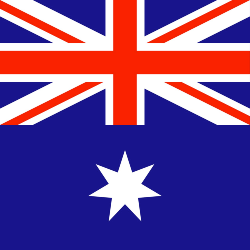

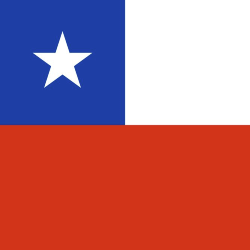
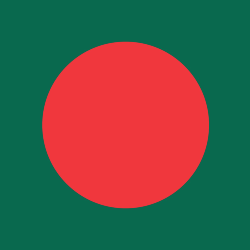







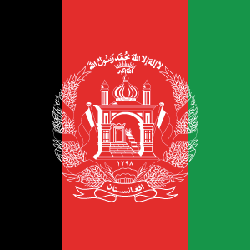




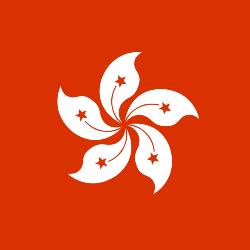


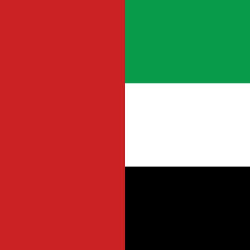
 Toi Staff
Toi Staff Belen Fernandez
Belen Fernandez Gideon Levy
Gideon Levy Andrew Mitrovica
Andrew Mitrovica Tarik Cyril Amar
Tarik Cyril Amar Rachel Marsden
Rachel Marsden Warren J. Blumenfeld
Warren J. Blumenfeld Dr Ramzy Baroud
Dr Ramzy Baroud Patrick Gathara
Patrick Gathara Brad Glosserman
Brad Glosserman Imad K Harb
Imad K Harb
